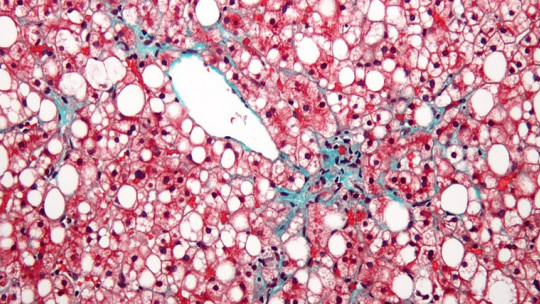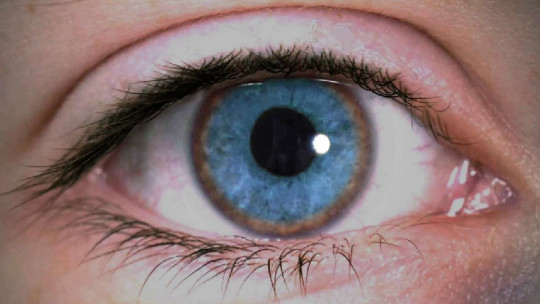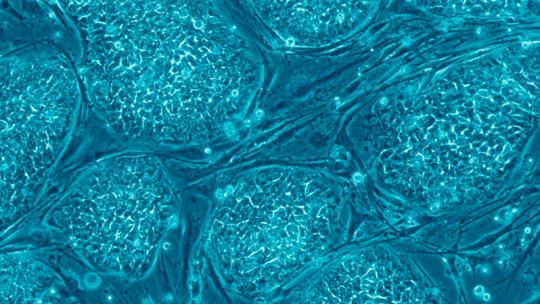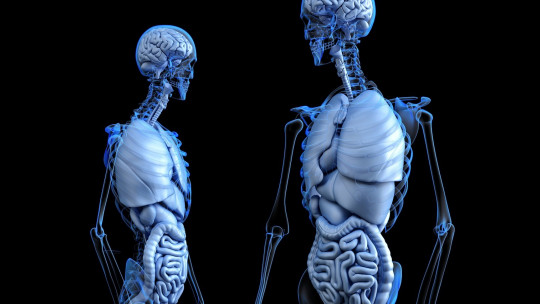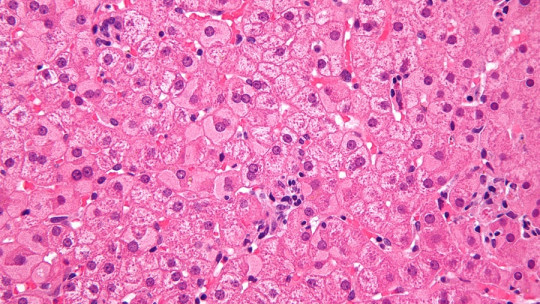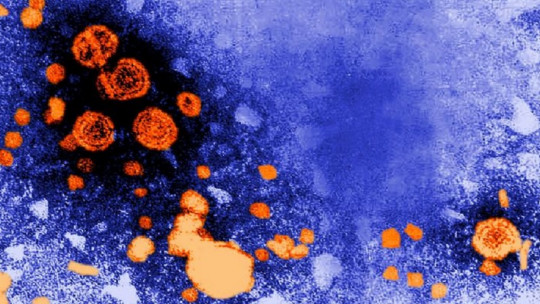
The liver is the largest organ in our body. Thanks to it, we can digest food, store energy and eliminate toxins from our body. However, like the rest of the organs and structures, the liver is not immune to viruses and diseases.
One of the main liver conditions is hepatitis, in any of its different forms. In this article we will analyze what hepatitis is, describe the different types, its symptoms and its treatment.
What is hepatitis?
Hepatitis is a viral disease that causes inflammation of the liver tissue, affecting vital organs; mainly to the liver.
While it is true that some people do not develop symptoms of hepatitis, the most common signs of the onset of this disease include the development of a yellowish tone to the skin and eyes as well as lack of appetite and continuous feeling of tiredness.
Depending on its duration (more or less than six months), we can distinguish between temporary hepatitis and chronic hepatitis. The temporal form occurs acutely over a period of time, while Chronic hepatitis appears less severely but for a longer period of time
However, although temporary or acute hepatitis may subside on its own, it can sometimes become chronic hepatitis and very rarely lead to acute liver failure. As for chronic hepatitis, this form can lead to liver scarring, liver failure, and even liver cancer.
Most cases of hepatitis are caused by a viral infection. Nevertheless, drug or alcohol use, an abnormal autoimmune response may also be the cause of this liver disease. We can differentiate between several types of hepatitis, hepatitis A, B, C, D, categorized according to the type of virus or cause that causes it.
In data from 2015, there were approximately 114 million cases of hepatitis A worldwide; 343 million people affected by chronic hepatitis B and 142 million with chronic hepatitis C.
As a result, it is estimated that, annually, there are more than one million deaths caused by hepatitis both directly and indirectly. In most cases, people with hepatitis die from liver scarring or liver cancer.
Symptoms of this disease
Although there are people in whom this disease is asymptomatic, hepatitis It is characterized by presenting a wide range of symptoms ranging from very mild or barely noticeable symptoms to severe liver failure.
Furthermore, in each of the different forms of hepatitis, the symptoms can manifest in different ways. However, because in all cases the kidney is the main organ affected, hepatitis can present the following liver symptoms:
In cases where hepatitis becomes complicated or chronic liver failure, liver cancer or even cirrhosis may occur, a condition that causes permanent scarring of the liver. Types of hepatitis: causes and treatment
1. Hepatitis A
Hepatitis A is one of the most contagious forms of hepatitis. Caused by the hepatitis A virus, the most likely way to become infected is through contaminated food or water, as well as through close contact with an infected person or object. The most common routes of infection include:
The characteristic symptoms of hepatitis A do not usually appear until the virus remains in the body for a few weeks, and they do not appear in all patients.
Treatment
At the moment, no specific treatment has been developed for hepatitis A. The body is usually able to eliminate the virus on its own needing approximately 6 six months for the liver to fully recover.
However, it is recommended that the person rest, consume high-calorie foods, stay hydrated and avoid alcohol consumption.
2. Hepatitis B
As for hepatitis B, it is caused by the hepatitis B virus and its contagion. It is mainly associated with unprotected sexual contact, exchange of infected needles, accidental sticking with an infected needle or through mother-to-child transmission.
In most cases, hepatitis B becomes chronic, increasing the risk of liver failure, liver cancer or cirrhosis.
Treatment
Treatment for hepatitis B is divided into: treatment to prevent infection after exposure, treatment for acute hepatitis B, and treatment for chronic hepatitis B. In the case of preventing the spread of hepatitis B, medical personnel administer an immunoglobulin injection and a hepatitis B injection
In acute hepatitis B, treatment may not be required since the infection may clear up on its own. In mild cases, rest and plenty of hydration are recommended, while in more severe cases antiviral medications may be required.
Finally, chronic hepatitis requires lifelong treatment which reduces both the symptoms and the probability of contagion or other people. Treatment for hepatitis B may include antiviral medications, interferon injections, or even a liver transplant if the liver is severely damaged.
3. Hepatitis C
In the third type of hepatitis, hepatitis C is spread by the spread of blood contaminated with the hepatitis C virus. This means that, for infection to occur, blood contaminated with the virus enters the bloodstream of a person. uninfected person.
In addition to the usual symptoms, hepatitis C can cause a series of symptoms specific to it. These include:
As with hepatitis B, treatment for hepatitis C consists of antiviral medications, hepatitis C vaccines and/or kidney transplant.
4. Hepatitis D
Also known as delta virus, hepatitis D has the highest mortality rate and only spreads in the presence of the hepatitis B virus; hence It is considered a subviral satellite Hepatitis D infection can occur either through simultaneous infection with hepatitis B or superimposed on chronic hepatitis B.
These coinfections or superinfections They can cause much more serious complications for the patient such as liver failure in severe infections and rapid onset and progression of liver cirrhosis. Which carries a higher risk of kidney cancer.
Treatment
It has been shown that The hepatitis B vaccine also protects against the type C virus, due to their dependency. However, in the case of certain contagion, treatment with interferon has proven to be very effective in reducing the viral load and the effect of the disease during the time the drug is administered.
- Nakamoto, Y., & Kaneko, S.(2003). Mechanisms of viral hepatitis induced liver injury. Current Molecular Medicine, 3(6): 537–544.
- Villar, LM, Cruz. HM, Barbosa, JR, Bezerra, CS, Portilho, MM & Scalioni, LP (2015). Update on hepatitis B and C virus diagnosis. World Journal of Virology, 4(4): 323–342.
- Sahani, D.V. & Kalva, S.P. (2004). Imaging the Liver. The Oncologist, 9(4): 385–397.


